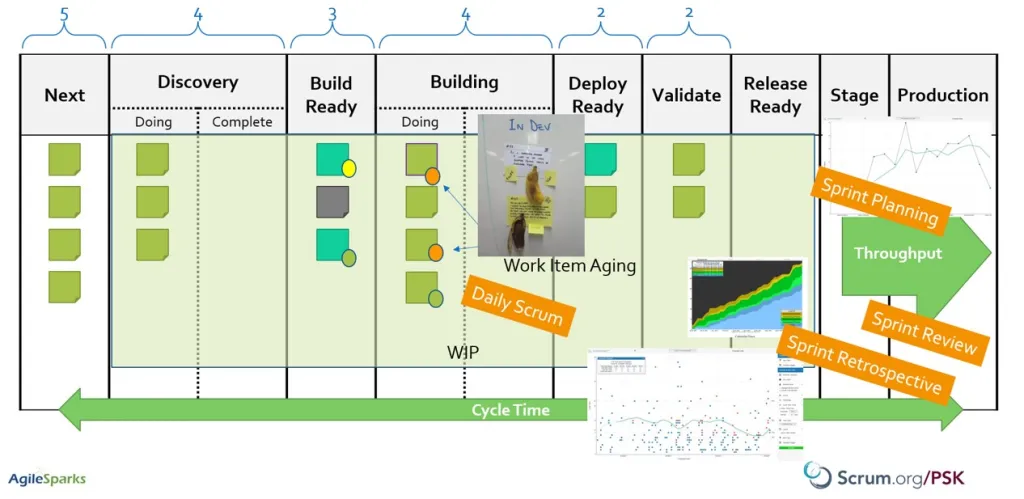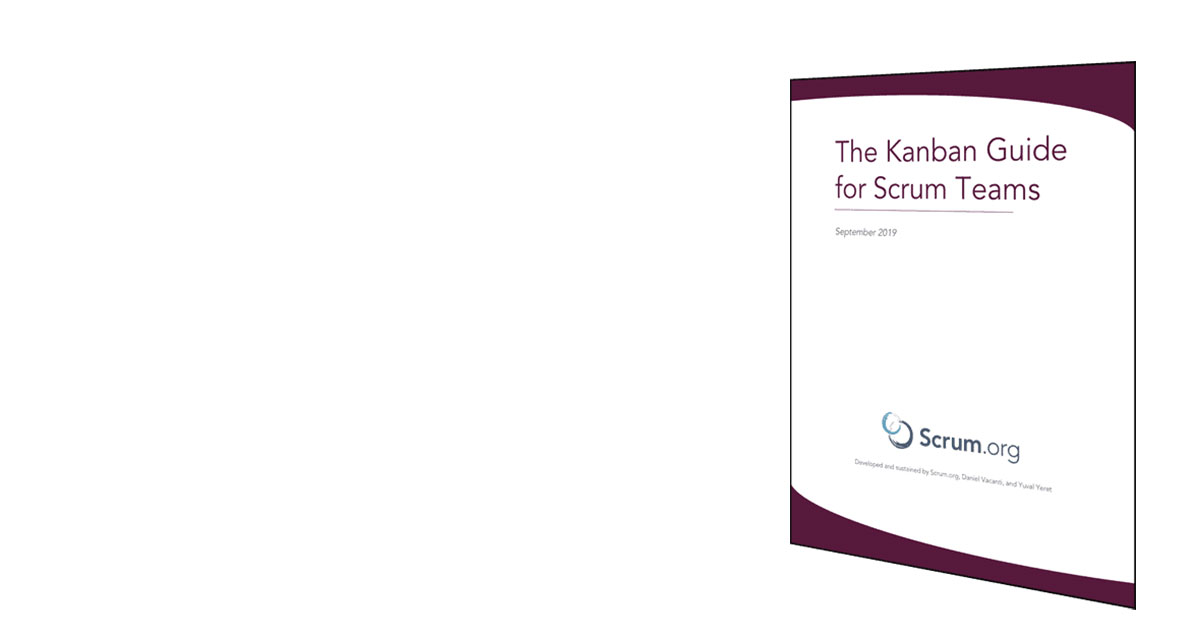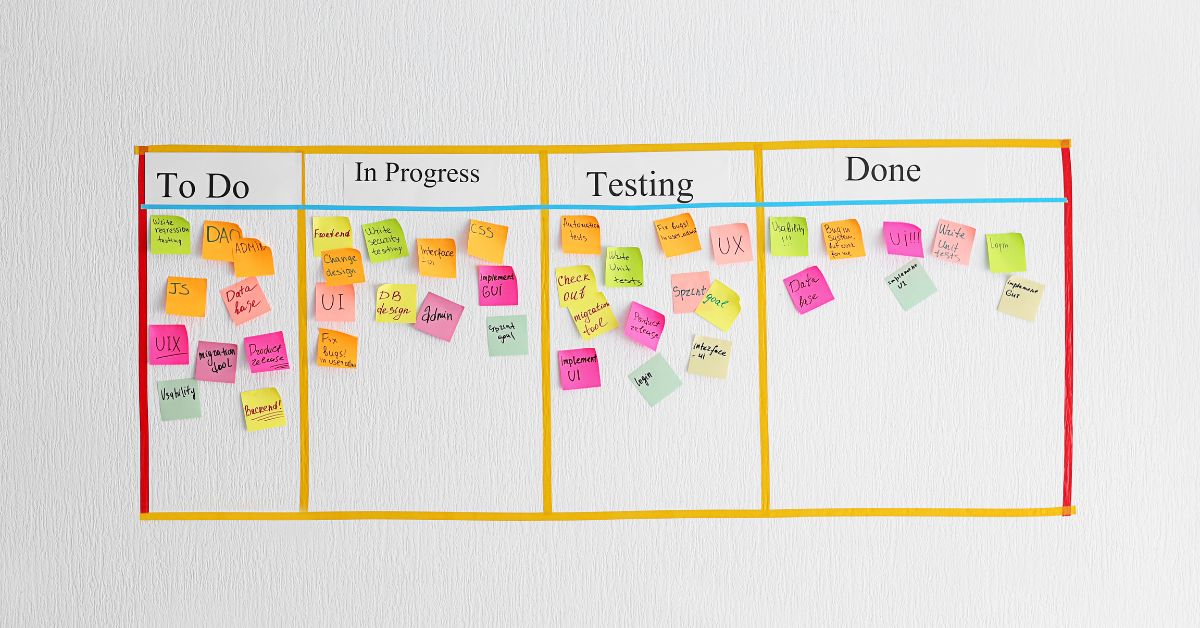Over the years we at AgileSparks have been leading the charge when it comes to creating mashups and hybrids of approaches such as Scrum, Kanban, SAFe, LeSS, and whatever. Mashups and hybrids can be very attractive as they can be an excuse for taking what you like from each approach and leaving behind the hard stuff. In mashing up approaches you need to make sure whatever set of practices you end up with is cohesive and effective. Coming up with the smallest set of practices that is still cohesive and comprehensive and brings in the best of the Scrum iterative world and the Kanban flow-oriented world is a result of years of work in the trenches.
I recently started working with Steve Porter, Dave West, and others at Scrum.org as well as Daniel Vacanti of Actionable Agile (And a long-time friend and AgileSparks partner) on bridging the Scrum and Kanban worlds. We believe the time is right to put behind the arguments around which approach is better and help both Kanban and Scrum practitioners realize that actually they are stronger together.









